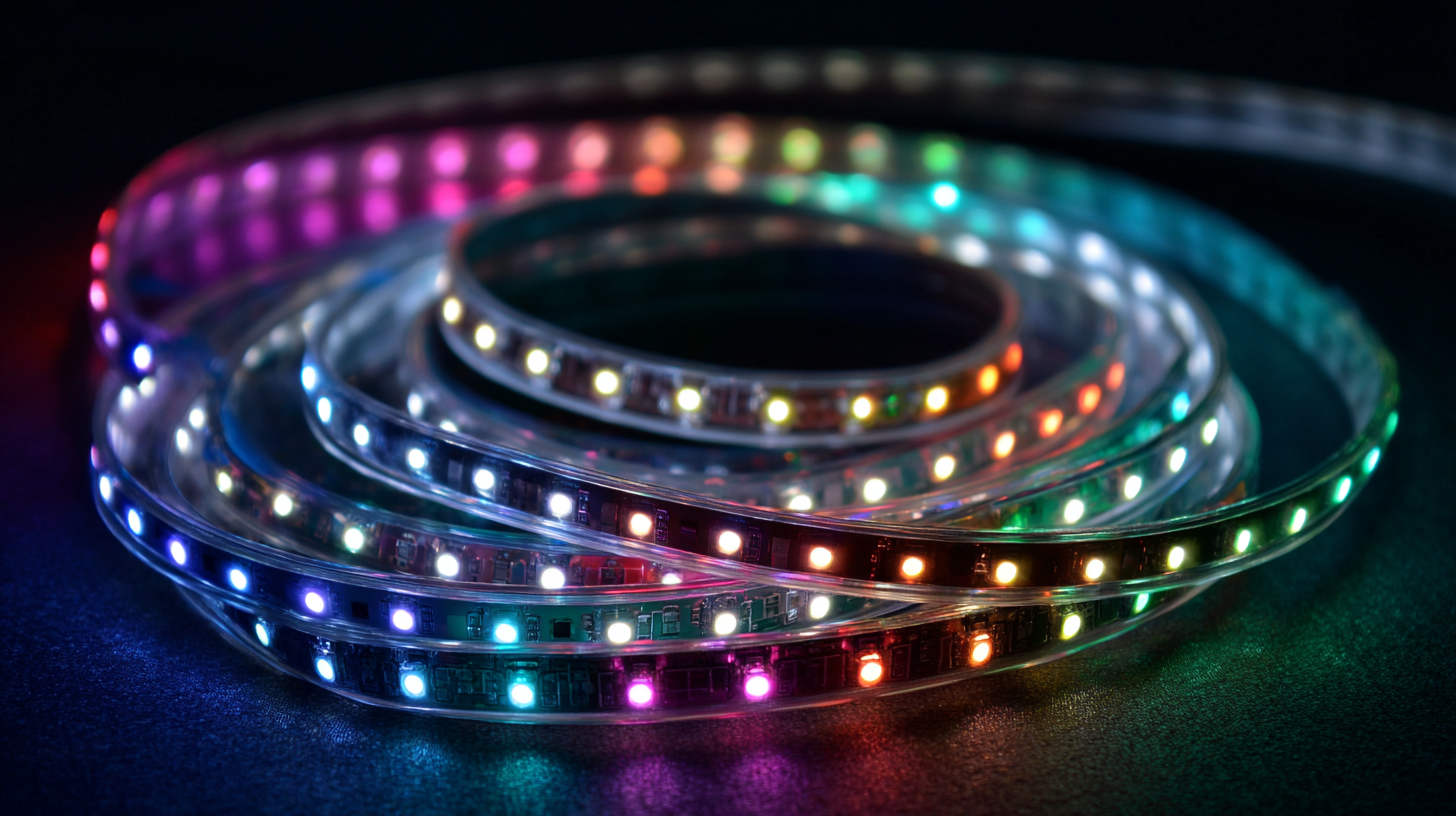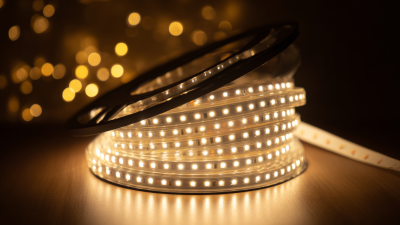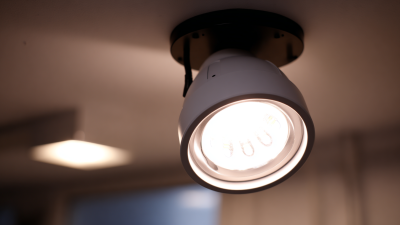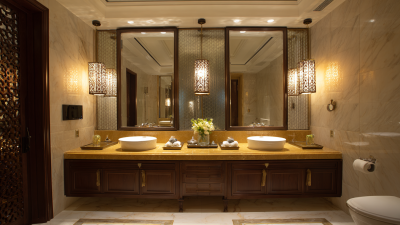How to Choose the Perfect LED Strips for Your Home Decor
When it comes to enhancing your home decor,
LED strips offer a versatile and stylish solution
that can transform any space into a vibrant and inviting environment.
These customizable lighting options not only provide functional illumination but
also enable you to express your creative flair, making them an ideal choice
for various settings, from cozy living rooms to modern kitchens. However, with a
plethora of LED strips available on the market, choosing the perfect ones for your
needs can be daunting.
This guide will walk you through the essential factors to consider when selecting
LED strips, including
color temperature, brightness levels, adhesive quality, and control options.
Whether you're aiming for a subtle ambiance or a bold statement piece,
understanding how to effectively incorporate LED strips into your home decor will
ensure you achieve the desired effect while enhancing the overall aesthetic of
your living space.
Understanding the Different Types of LED Strips Available for Home Use
When selecting LED strips for home decor, it's essential to understand the various types available that cater to different aesthetic and functional needs. The market for household LED strips is evolving rapidly, with a projected value of $172.33 million by 2025, anticipated to grow at a compound annual growth rate (CAGR) of 3.2%, reaching $219.14 million by 2033. This growth is indicative of the increasing popularity of LED strips as essential decor elements for ambiance and versatility.
Among the different types of LED strips, options vary in brightness, color temperature, flexibility, and adhesive backing. For instance, RGB LED strips allow homeowners to customize colors for various moods, while white LED strips might offer a more classic and refined look for various spaces. Furthermore, addressing practical factors such as energy efficiency and longevity can significantly influence one's choice, making it vital to consider the specifications of each type. As the market expands, staying informed about the latest trends and technologies available can help in making the best choice for illuminating and enhancing home environments.
Key Factors to Consider When Selecting LED Strip Brightness and Color Temperature
When selecting LED strips for home decor, brightness and color temperature are pivotal elements that significantly impact the ambiance of your space. Brightness is typically measured in lumens; higher lumens indicate a brighter light. Consider the purpose of the room when choosing brightness levels. For instance, kitchens and workspaces benefit from adequate brightness to enhance functionality, while living areas might require softer lighting to create a cozy atmosphere. Dimmer options can also offer flexibility, allowing you to adjust the brightness based on different activities or times of day.
Color temperature, measured in Kelvin (K), dictates the warmness or coolness of the light emitted. Generally, lower Kelvin values (2700K-3000K) yield a warm, inviting glow akin to traditional incandescent bulbs, ideal for bedrooms and lounges. Conversely, higher values (4000K-5000K) produce cooler, brighter light reminiscent of daylight, which is suitable for task-oriented spaces or modern designs. Balancing brightness with the right color temperature is crucial for achieving a harmonious aesthetic that complements your home's overall design while fulfilling functional needs.
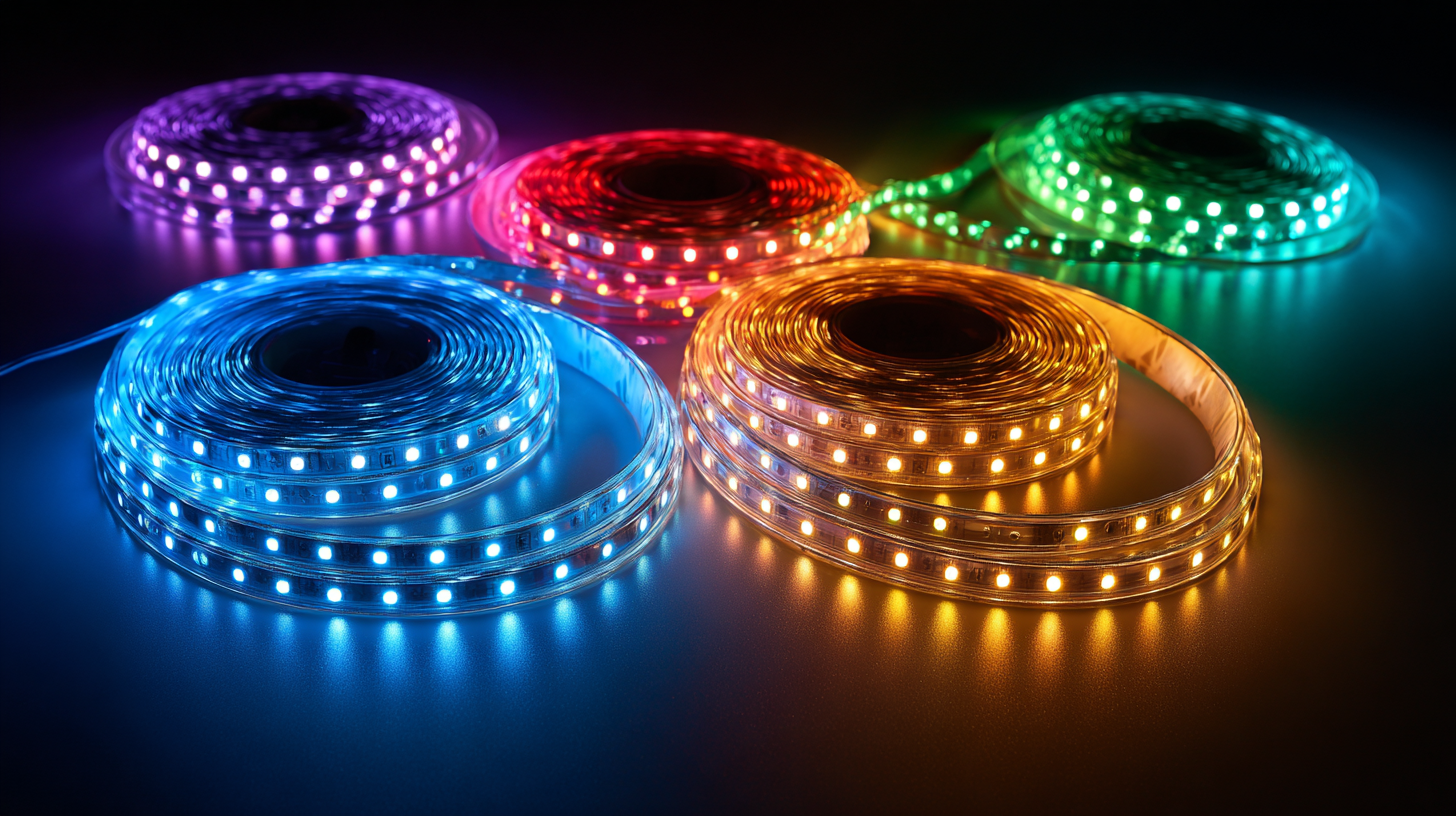
Exploring the Best LED Strip Lengths and Cuttable Options for Your Space
When selecting LED strips for your home decor, one of the key considerations is the length of the strips and their cuttable options.
LED strips come in various lengths, typically ranging from 5 to 16 feet. Choosing the right length depends on the specific area you plan to illuminate.
For smaller spaces or intricate designs, shorter strips may suffice, while larger areas may require longer options to ensure even light distribution.
Always measure your space carefully before making a purchase to avoid cutting a strip that’s too short.
Additionally, many LED strips are designed to be cut at specific intervals, allowing for customization according to your layout.
This feature is particularly beneficial for achieving seamless integration with your decor.
When cutting, it's crucial to follow the manufacturer's guidelines to maintain the functionality of the strip.
By strategically combining different lengths and utilizing cuttable options, you can create a unique lighting design that enhances the ambiance of your home while showcasing your personal style.
Choosing the Right Adhesive and Mounting Solutions for Your LED Strips
When enhancing your home decor with LED strips, choosing the right adhesive and mounting solutions is crucial for a successful installation. Depending on the surface where you’ll be applying the LED strips, you’ll need to consider various options. For smooth surfaces like walls or glass, double-sided tape or adhesive backing provided by the LED strips can work well. However, for textured surfaces, specialized adhesives or mounting brackets might be necessary to ensure a secure hold.
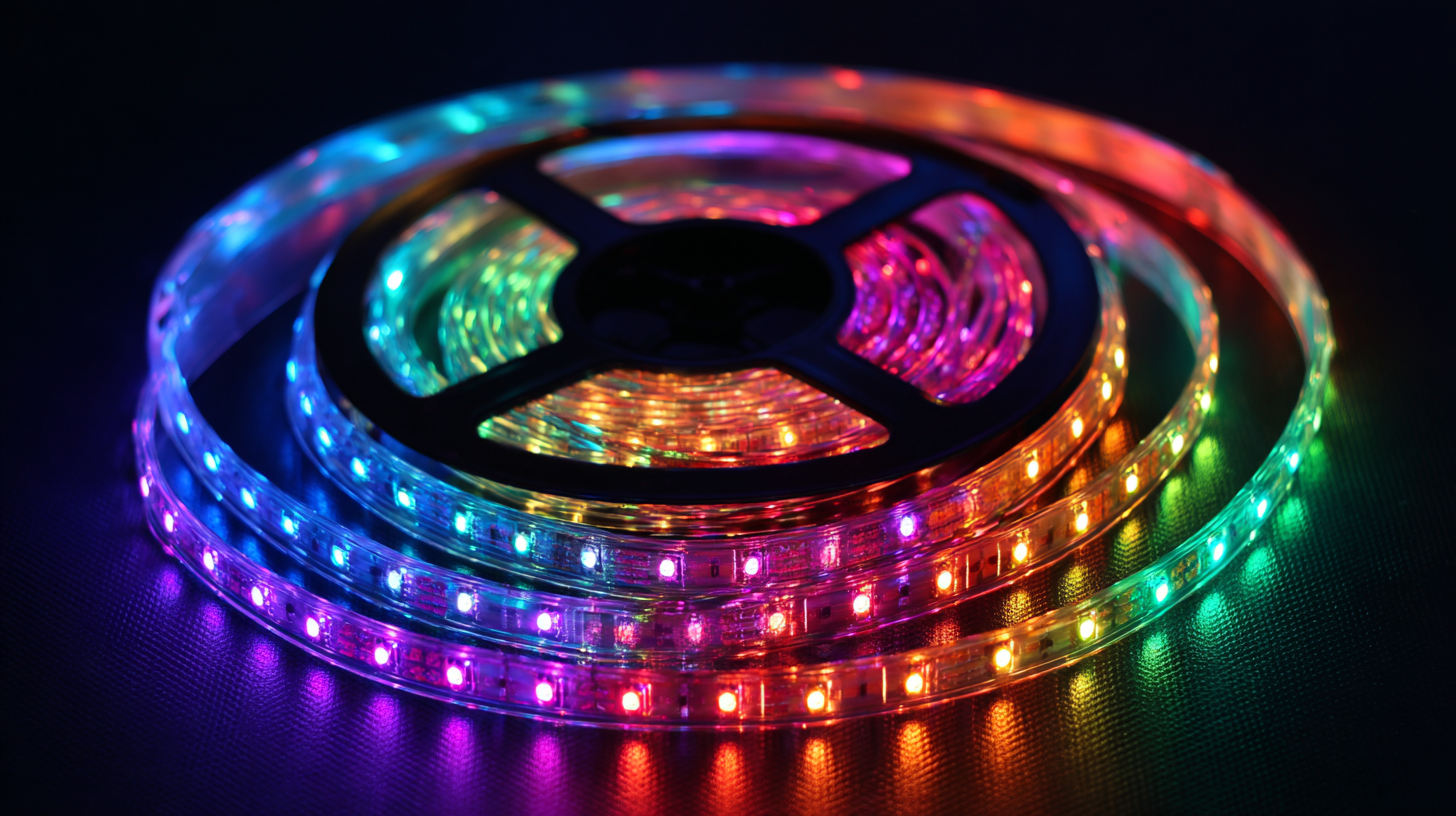
Tips: Always clean the surface thoroughly before applying adhesive to remove any dust or grease. This ensures better adhesion and longevity for your LED strips. Additionally, if you're planning to move or reposition the strips in the future, consider using mounting brackets, which allow for easier adjustments without damaging your walls.
Lighting placements can vary based on the specific area of your home. For instance, under cabinets, opt for a stronger adhesive to prevent them from falling due to humidity or heat. In contrast, if you are decorating a rental space, removable adhesive strips can provide a non-permanent solution without leaving residue behind. Taking time to select the right mounting solution will enhance the durability and visual appeal of your LED installation.
Enhancing Your Home Decor with Effective LED Strip Lighting Techniques
LED strip lighting has become an essential component in modern home decor, offering both functionality and aesthetic appeal. According to a report by Research and Markets, the global LED lighting market is projected to reach $138.9 billion by 2025, with LED strips playing a significant role in this growth. Homeowners are increasingly incorporating these versatile lights to enhance their living spaces, creating a warm atmosphere while also highlighting architectural features.
When selecting the perfect LED strips, consider the color temperature and brightness levels. Warm white lights (2700K to 3000K) create a cozy environment ideal for living rooms and bedrooms, while cooler temperatures (4000K to 5000K) can energize kitchens and workspaces. Moreover, the lumen output is crucial; a strip with 240 lumens per foot provides ample brightness for task lighting, whereas lower outputs can be used for ambient lighting. As the demand for innovative design elements grows, LED strips not only elevate home aesthetics but also promote energy efficiency, with reports indicating they use up to 75% less energy than traditional incandescent bulbs.
How to Choose the Perfect LED Strips for Your Home Decor
| Feature |
Description |
| Type of LED Strip |
Flexible, rigid, or waterproof options |
| Color Temperature |
Warm white, cool white, or RGB color changing |
| Brightness Level |
Measured in lumens per foot |
| Voltage |
12V or 24V options available |
| Length Options |
Available in various lengths, adjustable with cut points |
| Color Options |
Single color, multi-color chasers, or color-changing strips |
| Installation Method |
Self-adhesive tape, clips, or mounting brackets |
| Control Options |
Remote control, smartphone app, or manual switch |
| Energy Efficiency |
Low wattage consumption with high output |

Home
About Byone
Factory Tour
Products
Project Portfolio
Download
Blog
Contact Us
